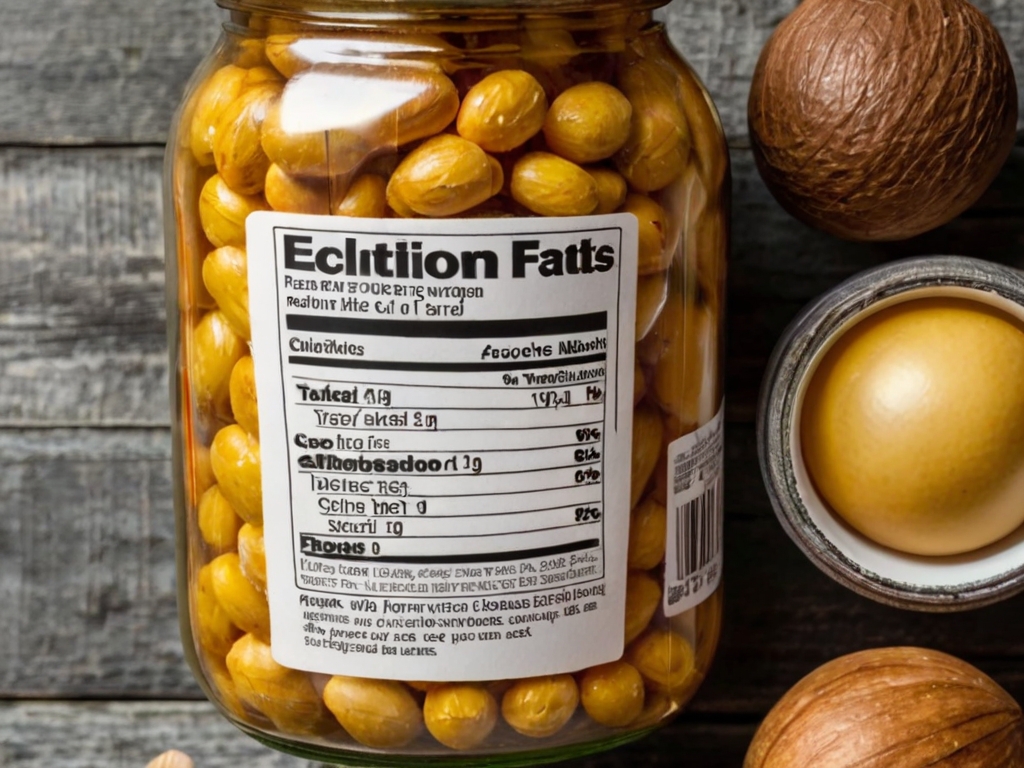Ever find yourself staring at a food label, trying to decipher what all those numbers and ingredients mean? You’re not alone. Understanding how to read food labels is crucial, especially when it comes to avoiding hidden fats that can sneak into your diet. Let’s dive into the world of food labels and learn how to spot those sneaky fats that can impact your health.

Understanding Food Labels
What Are Food Labels?
Food labels are like a nutritional roadmap, providing information about the contents of your food. They include details on calories, macronutrients (like fats, proteins, and carbohydrates), vitamins, minerals, and a list of ingredients.
Why Food Labels Matter
Food labels help you make informed choices about what you eat. By understanding these labels, you can manage your intake of fats, sugars, and other components, leading to better health and wellness.
Types of Fats
Saturated Fats
Saturated fats are typically solid at room temperature and are found in animal products like butter, cheese, and meat. Consuming too much can raise your cholesterol levels and increase your risk of heart disease.
Unsaturated Fats
Unsaturated fats, which are liquid at room temperature, are considered healthier. They are found in foods like avocados, nuts, and olive oil. These fats can improve cholesterol levels and support heart health.
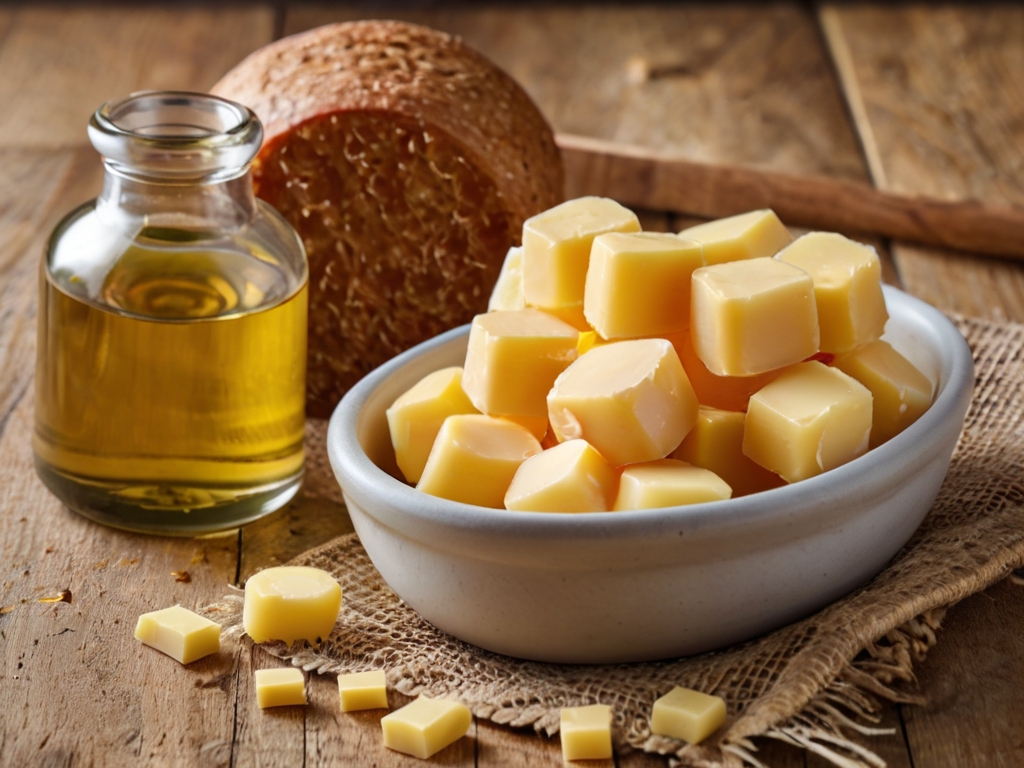
Trans Fats
Trans fats are the worst offenders. Created through a process called hydrogenation, they are found in many processed foods. Trans fats can raise bad cholesterol (LDL) levels and lower good cholesterol (HDL), increasing the risk of heart disease.
Common Sources of Hidden Fats
Processed Foods
Processed foods are notorious for hidden fats. Items like frozen pizzas, pre-packaged snacks, and microwaveable meals often contain trans fats and saturated fats.
Snacks and Desserts
Those delicious cookies and chips? They might be hiding more fat than you think. Snacks and desserts are common culprits for sneaky fats, especially those with long shelf lives.

Restaurant Meals
Dining out can be a minefield for hidden fats. Even dishes that seem healthy, like salads with creamy dressings, can pack a fatty punch.
Key Terms to Look For
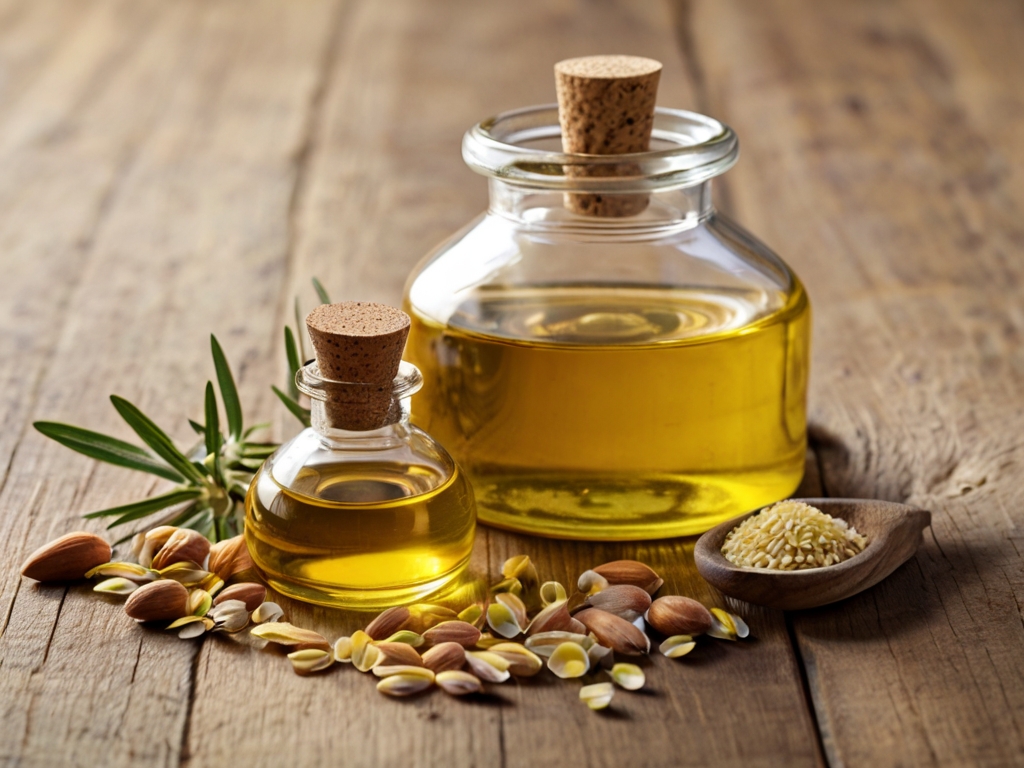
Hydrogenated Oils
When you see “hydrogenated oils” on a label, it’s a red flag. These oils indicate the presence of trans fats, which are best avoided.
Partially Hydrogenated Oils
Similar to hydrogenated oils, partially hydrogenated oils also signal trans fats. These fats are commonly found in margarine, shortening, and many baked goods.
Palm Oil and Kernel Oil
These oils are high in saturated fats and are often used in processed foods. While not as harmful as trans fats, they should still be consumed in moderation.
Reading the Nutrition Facts Panel
Total Fat Content
The total fat content tells you how much fat is in one serving of the food. It’s a good starting point, but you’ll need to dig deeper to understand the types of fat present.
Saturated Fat Content
This section of the label specifies how much of the total fat is saturated. Aim to keep your intake of saturated fats low to maintain heart health.
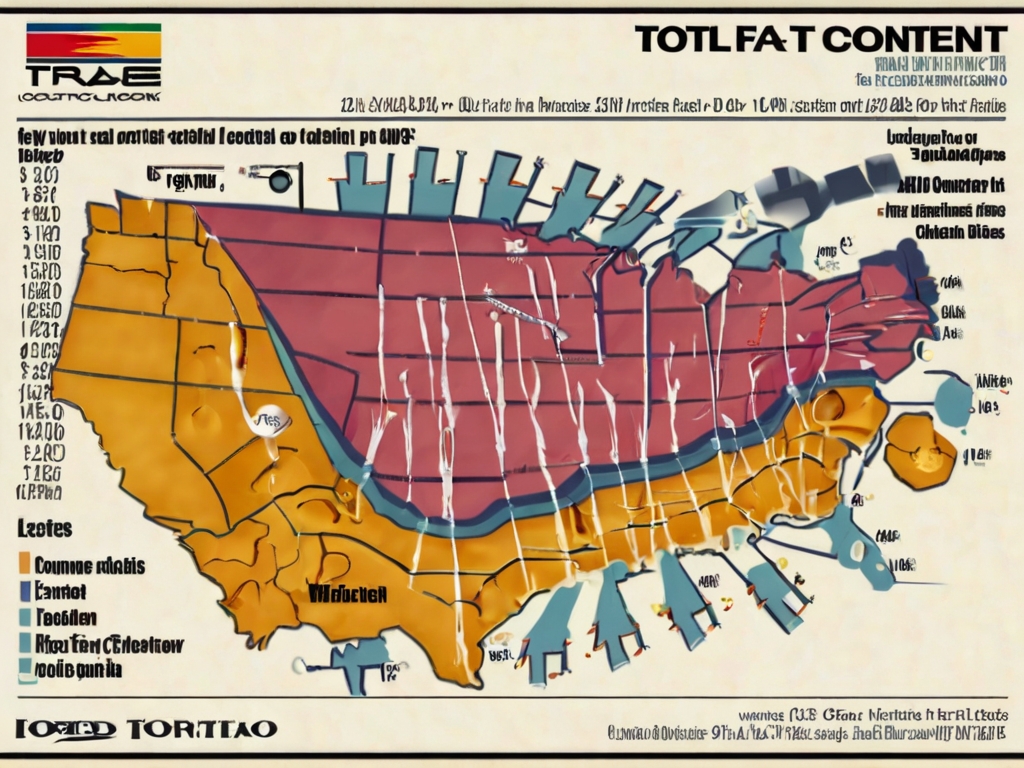
Trans Fat Content
Many labels now list trans fat content separately. Ideally, you should choose foods with 0 grams of trans fats.
Ingredients List
Order of Ingredients
Ingredients are listed in order of quantity, from highest to lowest. If fats like butter, oil, or margarine appear near the top, the product is likely high in fat.
Identifying Hidden Fats
Look out for terms like “shortening,” “lard,” and “cream” in the ingredients list. These are all sources of hidden fats.
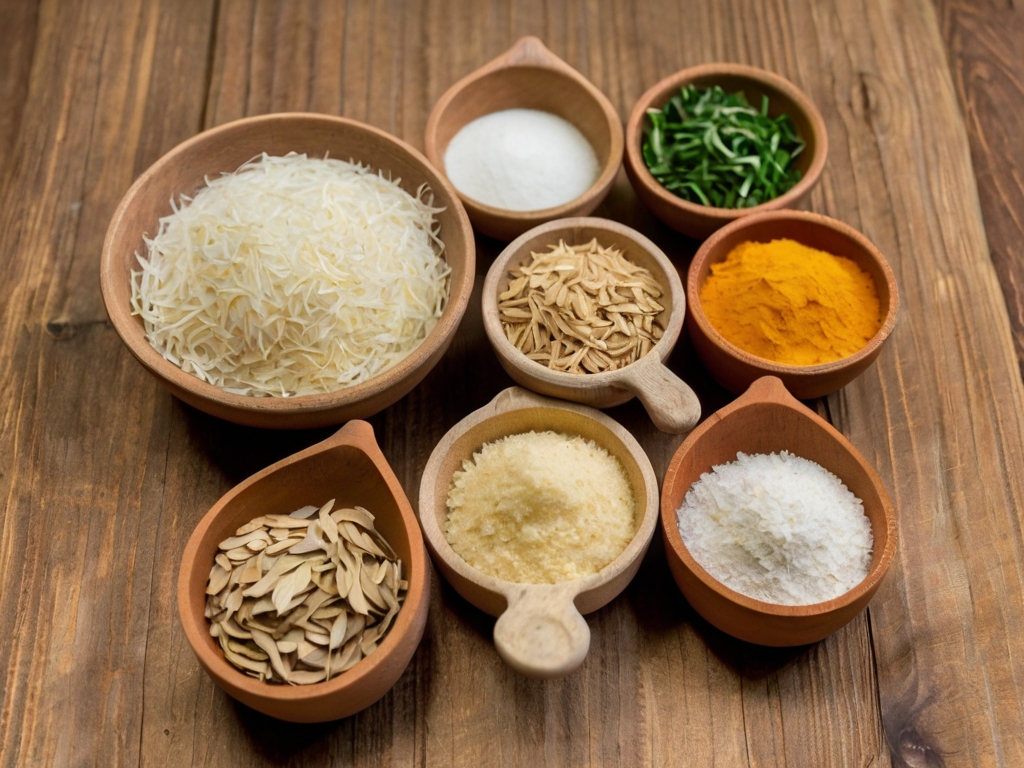
Health Claims and Marketing Terms
“Low-fat” vs. “Reduced-fat”
“Low-fat” means the product has 3 grams or less of fat per serving. “Reduced fat” means the product has at least 25% less fat than the regular version. However, these products can still be high in sugar and calories.

“Fat-free” Claims
“Fat-free” means less than 0.5 grams of fat per serving. But don’t be fooled – fat-free products can still be high in sugar and may not be the healthiest option.
Misleading Health Claims
Be wary of terms like “light” or “natural.” These can be marketing gimmicks and don’t necessarily mean the product is healthy.
Understanding Serving Sizes
Importance of Serving Sizes
Serving sizes on labels can be misleading. What you consider a serving might be two or three times the serving size listed, which means you’re consuming more fat than you realize.
Calculating Fat Intake Per Serving
Pay attention to the serving size and calculate the fat intake based on how much you actually eat. This will give you a more accurate picture of your fat consumption.
Decoding Fats in Common Foods
Dairy Products
Cheese, butter, and cream are high in saturated fats. Opt for low-fat or fat-free versions when possible.
Baked Goods
Cookies, cakes, and pastries often contain trans fats and saturated fats. Check labels and try to limit these treats.
Snack Foods
Chips and crackers can be loaded with hidden fats. Look for baked or whole-grain options as healthier alternatives.
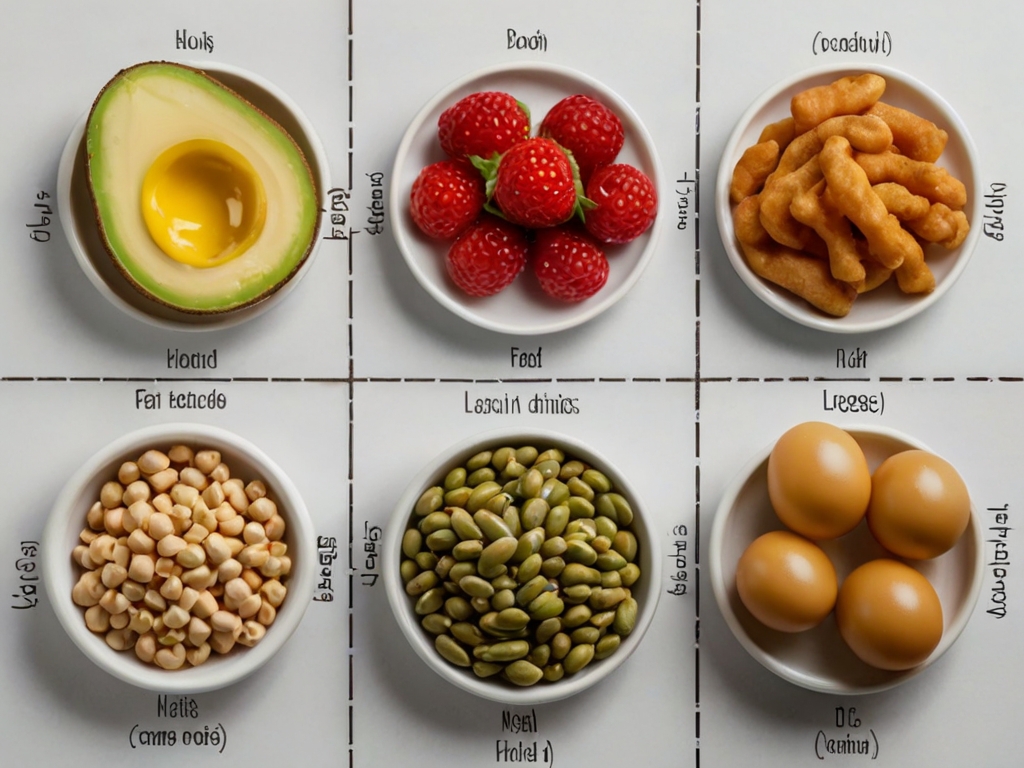
Healthy Fat Alternatives
Good Fats vs. Bad Fats
Good fats, like those found in avocados and nuts, are essential for health. Bad fats, like trans fats and excessive saturated fats, should be minimized.
Examples of Healthy Fats
Incorporate foods like olive oil, flaxseeds, and fatty fish into your diet. These provide beneficial fats that support overall health.
Tips for Avoiding Hidden Fats
Cooking at Home
When you cook at home, you control the ingredients. Use healthy fats like olive oil and avoid processed foods to reduce hidden fat intake.

Choosing Whole Foods
Whole foods like fruits, vegetables, and whole grains are naturally low in fat and free from hidden fats. They are the best choice for a healthy diet.
Reading Labels Carefully
Always read food labels before purchasing. Look beyond the marketing claims and focus on the nutrition facts and ingredients list to avoid hidden fats.
Impact of Hidden Fats on Health
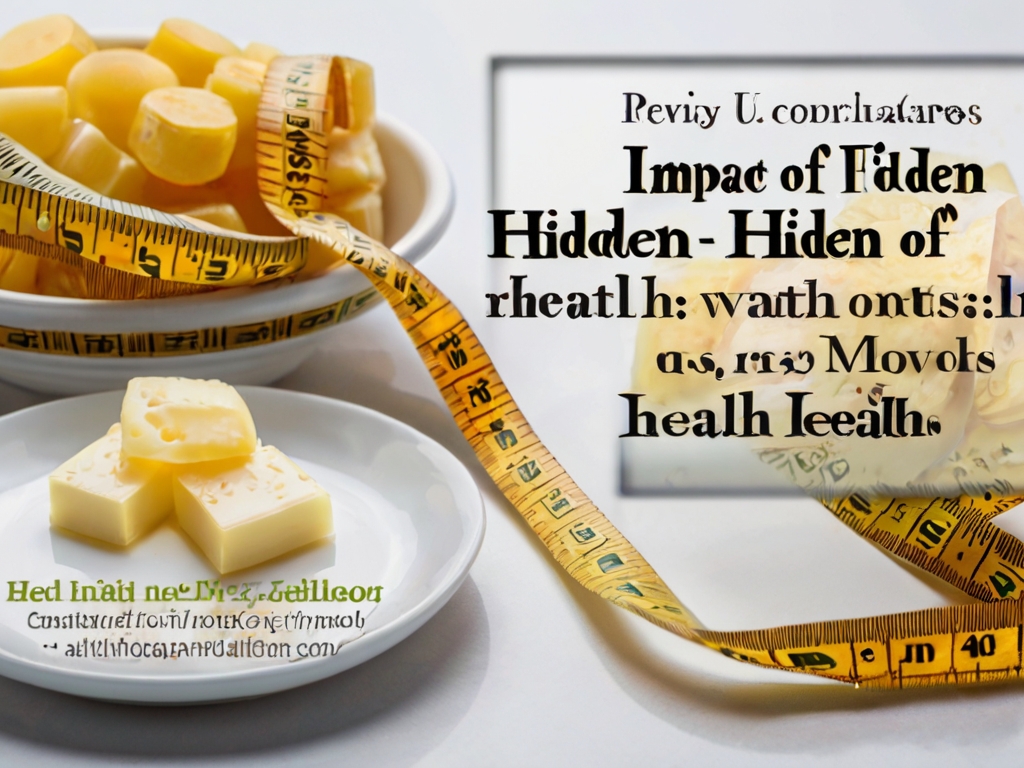
Heart Health
Hidden fats, especially trans fats, can negatively impact heart health by raising cholesterol levels and increasing the risk of heart disease.
Weight Management
Consuming hidden fats can lead to weight gain, as these fats are calorie-dense. Managing your fat intake can help you maintain a healthy weight.
Overall Wellness
Reducing hidden fats in your diet supports overall wellness, including better energy levels, improved digestion, and a lower risk of chronic diseases.
Conclusion
Reading food labels might seem daunting at first, but with a little practice, it becomes second nature. By paying attention to the types of fats in your food and understanding how to identify hidden fats, you can make healthier choices that benefit your heart, weight, and overall wellness. Next time you shop, take a moment to read the labels and choose foods that support your health goals.
FAQs
How can I avoid trans fats completely?
To avoid trans fats, steer clear of processed and fried foods, and always check the ingredients list for hydrogenated or partially hydrogenated oils.
Are natural fats in whole foods bad for you?
Natural fats in whole foods, like avocados and nuts, are generally good for you. They provide essential nutrients and support heart health.
What should I look for on labels if I’m trying to lose weight?
Focus on total calorie content, serving sizes, and the types of fats present. Opt for foods low in saturated and trans fats and high in nutrients.
How accurate are food labels?
Food labels are generally accurate, but there can be some discrepancies. Always use them as a guide rather than an absolute measure.
Can I trust “organic” or “natural” labels to mean low-fat?
Not necessarily. “Organic” and “natural” labels do not always indicate low-fat content. It’s essential to read the nutrition facts and ingredients list.
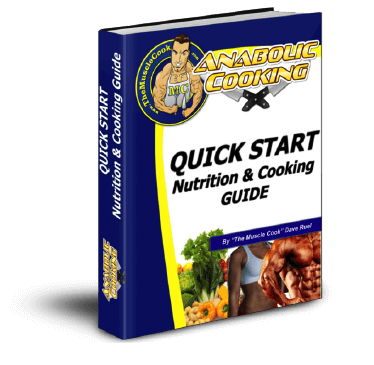
SECRET ANABOLIC RECIPES DISCOVERED
BY FRENCH BODYBUILDER MAKE IT EASY FOR ANYONE TO
GAIN MUSCLE FAST AND GET SHREDDED
WHILE STUFFING YOUR FACE WITH MOUTH-WATERING BROWNIES
AND BLUEBERRY MUFFINS EVERY SINGLE DAY! Click here to get access

